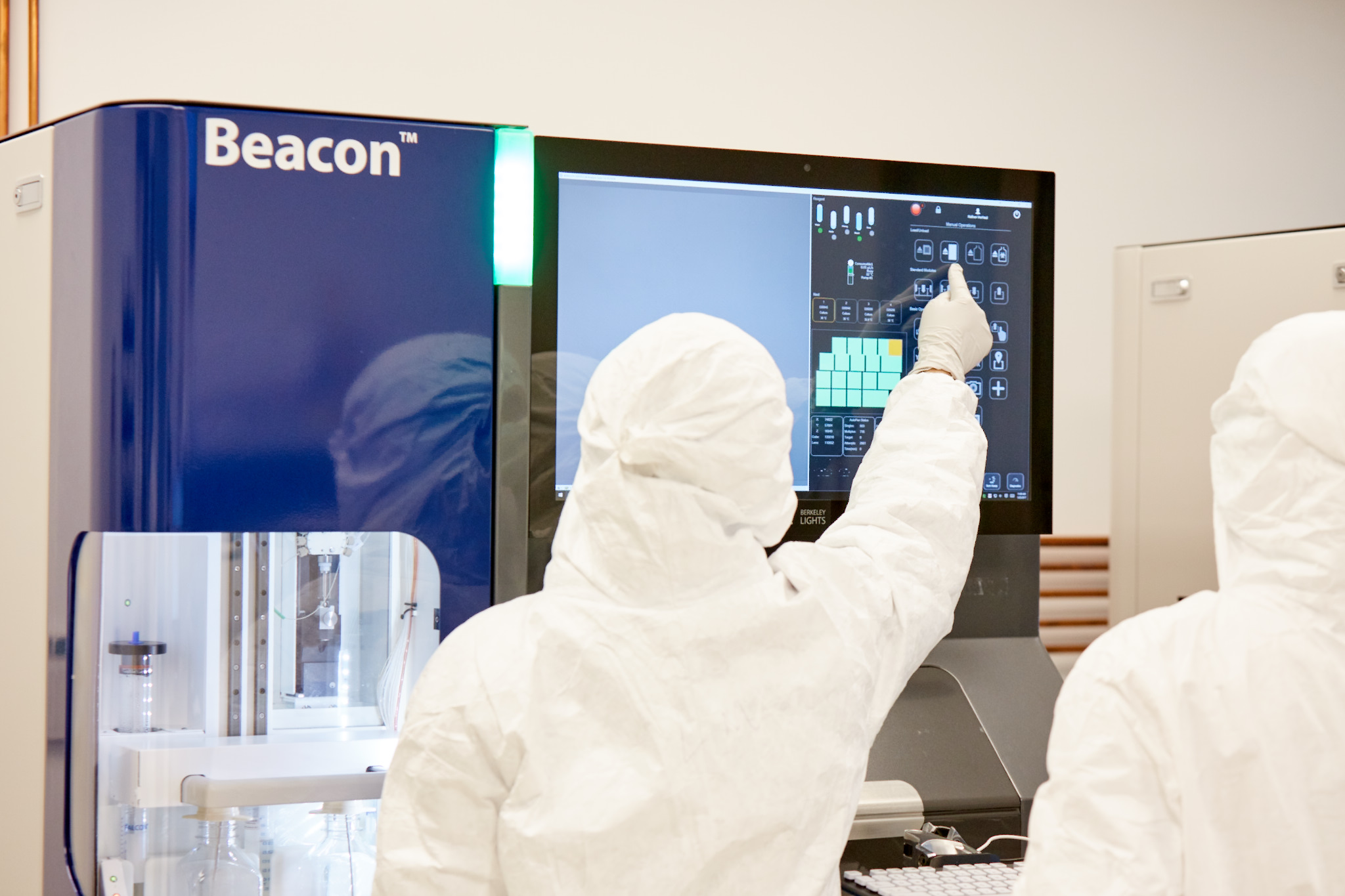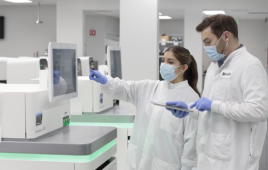
Biology is on a trajectory as transformative as what occurred with the inception of the Internet and the incurring information superhighway. New and sophisticated technologies have paved the way for today’s biology information superhighway that can lead us to new and improved therapies that are cost effective.
Over the past 25 years we have seen the advent of the molecular revolution with genomic profiling and whole genome sequencing. The whole genome project opened the door to understanding the human genome, and we are now applying that understanding to critical areas such as classifying disease by its genomic components. Essentially, the genome project supercharged the biology information superhighway and ensuing therapy revolution.
Already, access to this information has led to therapeutic advances such as targeted cancer therapies aimed at specific mutations. These therapies have improved response rates over the sledgehammer approach of chemotherapy. In the last few years, CRISPR Cas 9 has provided a platform to more effectively edit the genes of cells to correct or change functions. Even with all of these advances we still struggle with fighting disease.
Biology is complex. This has been proven many times with our limited ability to prevent, diagnose, and treat disease, which essentially consists of a web of intricate interactions within and between different types of cells.
So, what is needed to get to the next level?
In the case of biology, smaller is better. The answer could lie in the ability to use new technologies to interrogate individual cells rather than entire groups of cells.
Historically, scientists have been limited in their ability to track and monitor cells at an individual level. However, that is changing and cell biology is poised to take a big leap forward. It is not only the ability to isolate single cells but to view these cells live as they are being manipulated. Just as we have learned with other monitors such as glucose, fitness, blood pressure, etc., the ability to continuously monitor specific attributes shows important trends and changes that cannot be detected when monitoring at a single time point daily. Measuring these at a single cell or clone level adds another level of precision.
For instance, monitoring how modified single T-cells interact with a single dendritic cell can lead to more effective personalized cell therapies. It is important that biologists can not only work at an individual cell level, but also be able to visually monitor and capture continuous data on that cell over time (i.e., days) and capture cell specific characteristics at numerous time points. Richer, more informative data sets are available that merge individual cell assay results, morphology characteristics, and genomic data.
Tools and platforms are needed that can collaborate and cooperate with biology’s complexity, but on a small scale. Understanding the intricate interactions and finding ways to manipulate single cells will be key in being able to diagnose, manage, and ultimately cure disease. With that ability, biologists can know exactly what is happening in an individual cell, and can compare to other like cells and to other cell types. Think in terms of moving from basic television to high definition and that is where cell biology is going.
There is still more work to do within the single cell biology area. Generating data at a single cell level is just the beginning. Advanced analytics are needed to analyze the large disparate data sets. Extracting the trends and patterns will require new computational tools that can synthesize morphological, genomic, protein, and other data together into a cohesive readout. Data sharing will also play a large role.
Once the analytics and the automation of individual cell manipulation are merged, cell biology will advance rapidly and insights will be as great, if not greater than, what we have seen with genomics alone. We are truly in the midst of a biology revolution.
Eric D. Hobbs joined Berkeley Lights in May 2013 and was appointed chief executive officer in March 2017. Prior to becoming CEO, Eric held various senior management roles, including most recently, senior vice president of operations and consumables. Prior to Berkeley Lights, Eric led the design, development, and launch of new product architectures at FormFactor, Inc. as a senior member of both R&D and Operations organizations. He holds more than 62 U.S. and international patents and has lectured at UC Berkeley and Stanford on engineering design, invention, and optimization algorithms. Eric earned his Ph.D. and M.S. in MEMS Design and Microfluidic Devices at UC Berkeley and holds a B.S. in Mechanical Engineering from U.S.C.
Filed Under: Genomics/Proteomics



